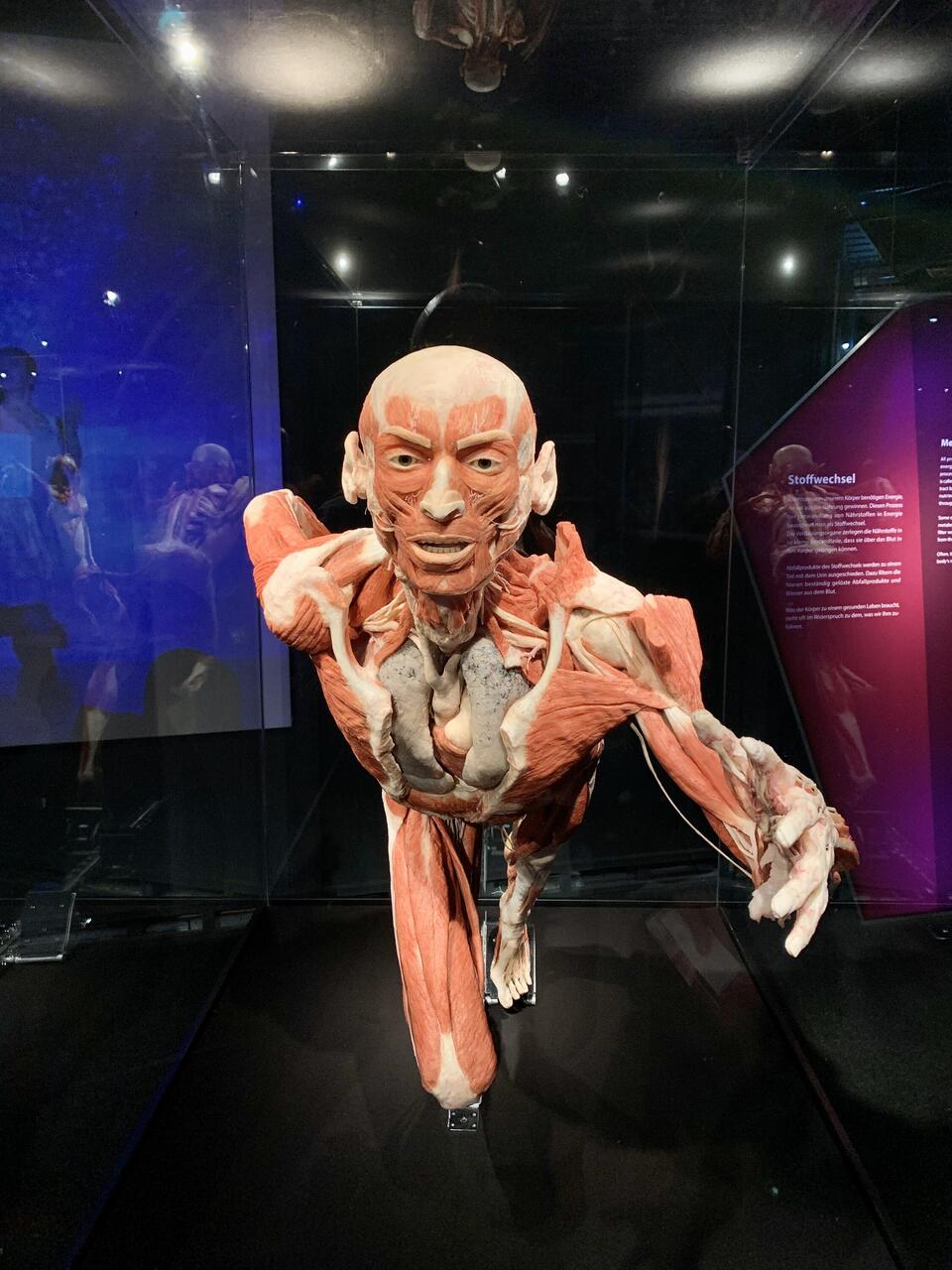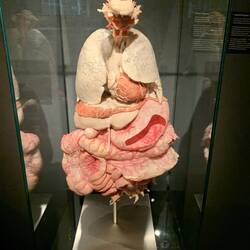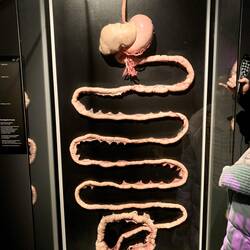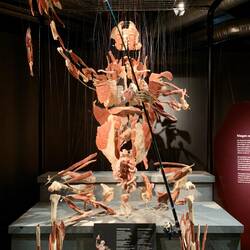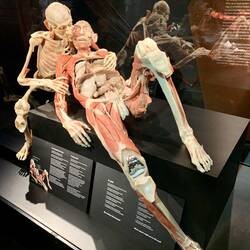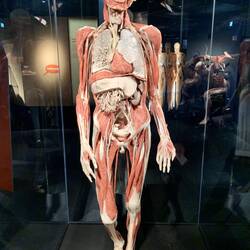Travelling to Bristol
 December 23, 2019 in England ⋅ ⛅ 4 °C
December 23, 2019 in England ⋅ ⛅ 4 °C
Well here we are waiting for a delayed flight to Bristol after convincing Jen that we really should take a taxi instead of running all over Germany trying to work out the train routes with our casesRead more





















